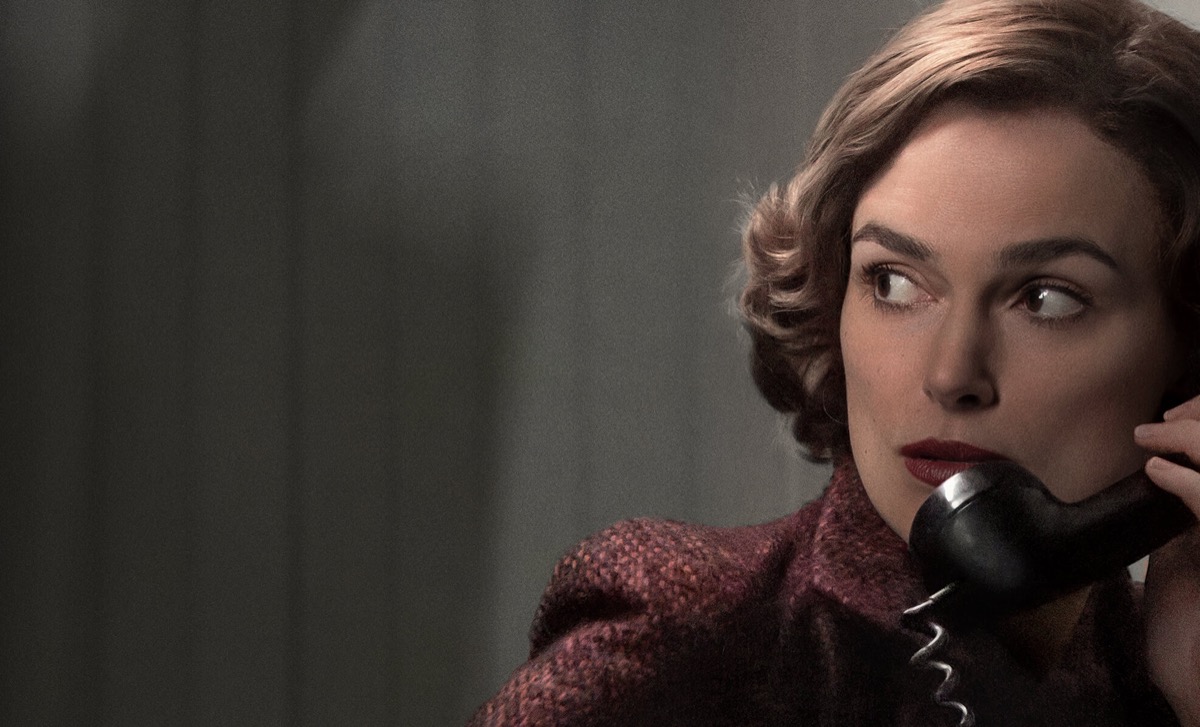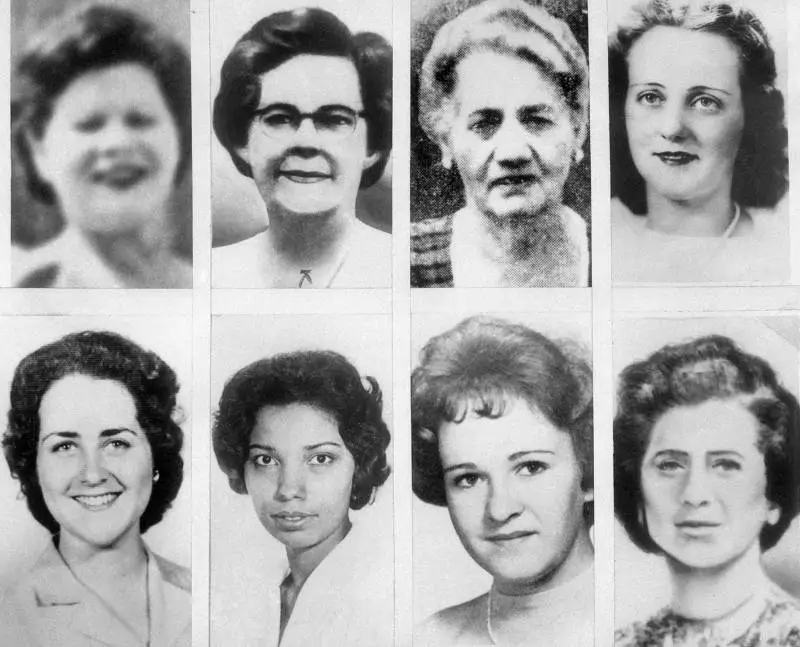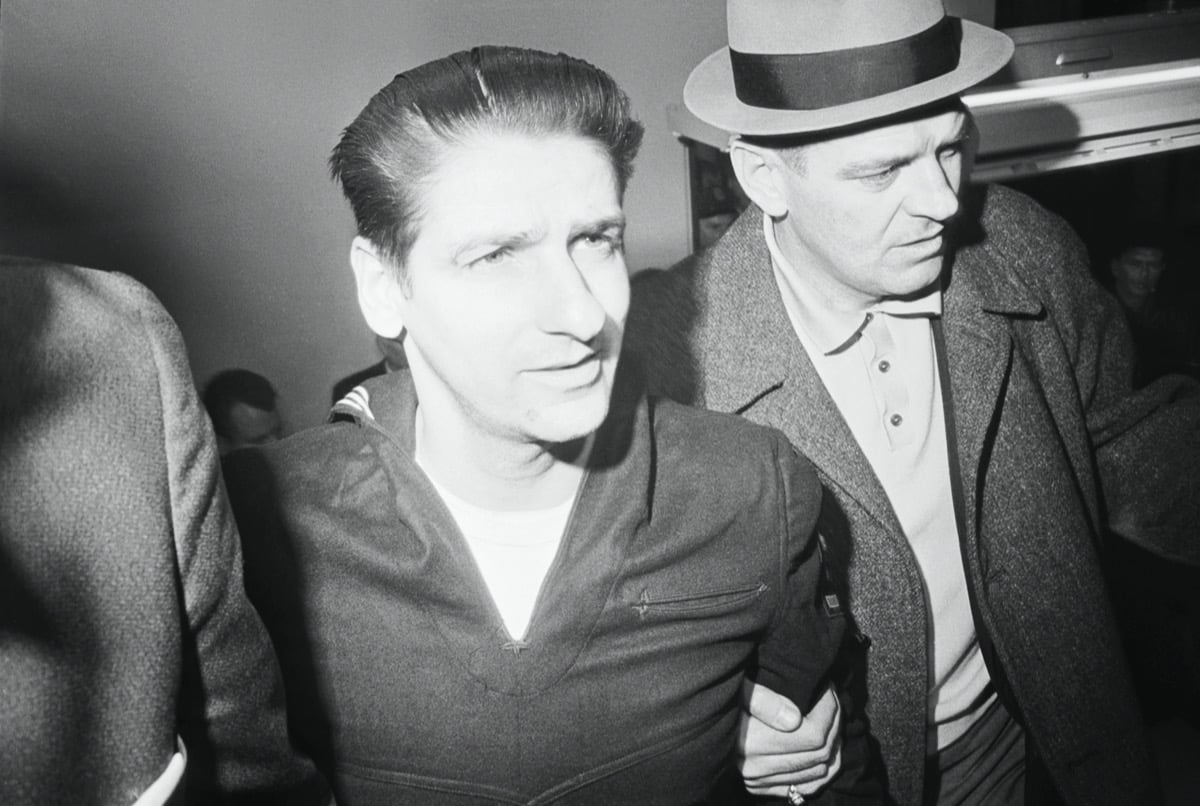‘Boston Strangler’: The True Story Behind Hulu’s New True Crime Thriller

The true identity of the infamous Boston Strangler left both law enforcement and residents of the greater Boston area terrified and befuddled for years. The notorious killer was tied to a string of 13 murders during the early 1960s, all of whom were assaulted and either stabbed or asphyxiated with their own nylon stockings. The infamous case is now the basis of Boston Strangler, a new film starring Keira Knightley and Carrie Coon. If you’re interested in learning more about the true story behind this crime, keep reading for an overview of the facts of the case, its twists and turns, and why the case remains unsolved to this day.
Content warning: this article contains several mentions of sexual violence and abuse.
The Boston Strangler’s modus operandi

At least 13 women were connected to the string of killings that officials ruled were the work of one perpetrator. It was later discovered that two of the murders were unrelated. The victims did not share any significant commonalities aside from the fact that they were all women living alone in their homes. They ranged in age from 19 to 85 years old. Contrary to the moniker, not all of the victims lived in Boston, with some of them having resided in Lawrence and even Cambridge.
Still, certain details left authorities convinced that only one person committed all these crimes. There was the glaring fact that almost all of the women were sexually assaulted before being killed through strangulation with the use of their own nylon stockings, which led the media to initially dub the case as the “Silk Stocking Murders.” Another tidbit was how the Strangler seemed to be getting into his victim’s homes: There was never any sign of forced entry, indicating that the women he killed may have either known him, or he got them to invite him inside.
The investigation
As previously mentioned, the murders occurred in several areas both in and outside of Boston, which proved to be one of the first complications for authorities in working out jurisdictional oversight. Because of this, Massachusetts’ attorney general, Edward W. Brooke, had to step in and coordinate with all the police departments involved. Months went by, and countless witnesses were interviewed to help catch the serial killer. By 1963, the perpetrator was officially dubbed as the “Boston Strangler,” after journalists Loretta McLaughlin and Jean Cole ran a four-part series on the case in the Boston Record American.
Meanwhile, the police gathered insight from Peter Hurkos, a psychic who would later on work on the Manson Family murder investigation at the behest of private citizens. Hurkos agreed with the theory that all the murders could be linked to one person and even provided them with a suspect, who turned out to be mentally unfit to stand trial. The controversial decision to work with Hurkos naturally garnered much flak from the press and media.
Who was Albert DeSalvo?

The case’s biggest break came with the confession of Albert DeSalvo, who is generally widely considered to be the Strangler. But it isn’t as straightforward as that.
DeSalvo was a Massachusetts native who came from an abusive household. In the 1966 book The Boston Strangler, author Gerold Frank provided a detailed account of the case based on hundreds of hours of personal interviews, as well as court, medical, and police documents. In it, Frank quoted DeSalvo as saying, “I saw my father knock my mother’s teeth out and then break every one of her fingers. I must have been seven. Ma was laid out under the sink—I watched it. He smashed me once across the back with a pipe. I just didn’t move fast enough.” Following his troubled childhood, DeSalvo was sent to a reform institution and served in the military. Somewhere down the line, he met his wife and had two kids.
So where does DeSalvo being the Boston Strangler fit in with all this? Well, he actually had two prior nicknames.
Sometime during the late 1950s, a criminal known only to the police as the “Measuring Man” was at large. The perpetrator’s MO was to go knocking on women’s doors and introduce himself as a talent scout from a model agency. He’d convince these women that they were the exact type he was looking for before moving to take their measurements—and fondling them in the process. Several women reported him to the police and in 1960, he was arrested. He was sentenced to 19 months in prison, but only served 11 due to good behavior. This is where the “Green Man” comes in.
During the height of authorities’ continued search for the Boston Strangler, several reports of a spree involving a criminal called the “Green Man” were also documented. The nickname stems from the green clothes the perpetrator wore while committing his crimes, which allegedly consisted of over 400 burglaries and the assault of around 300 women. In October 1964, a woman from Cambridge who reported her assault helped authorities come up with an accurate sketch, which led police to circle back to DeSalvo due to their similar appearances.
DeSalvo was again apprehended and arrested on a long rape charge before being sent to Bridgewater State Hospital. It was there that he met George Nassar, a convicted murder whose lawyer happened to be criminal defense attorney F. Lee Bailey. If that name sounds familiar, it’s because he was also on O.J. Simpson’s dream team.
DeSalvo reportedly confessed to Nassar that he was the Boston Strangler. Nassar then contacted Bailey, who moved to represent DeSalvo as well. This is where things become a little … confusing.
Bailey himself has gone on record stating that he believed for a fact that DeSalvo was the Strangler, considering that he was able to recount the crime scenes in detail, including certain things only the true killer would have known (details that also weren’t published in the media). The problem, however, was that there was no physical evidence to tie DeSalvo to the killings.
Was DeSalvo the Boston Strangler?
DeSalvo was sent to prison for his crimes as the Green Man, but never as the Boston Strangler. He managed to briefly escape during his stint at Bridgewater State Hospital before being apprehended and transferred to a maximum-security prison. Many authors have raised the theory that Nassar and DeSalvo could have colluded, having DeSalvo confess to the killings so that they could make money off of it, but this has never really been proven, either. Still, the theory has persisted for years, with DeSalvo’s surviving relatives subscribing to the belief as well.
In an interview with The Guardian back in 2000, a representative of the DeSalvo family noted that there was probably a deeper conspiracy at play between DeSalvo and Nassar: “Even when Richard, [Albert DeSalvo’s] own brother, went to see him, Nassar was always there and Albert wouldn’t speak without his permission. During one of Richard’s visits, his brother leaned toward him and asked, ‘Do you want to know who the real Boston Strangler is? He’s sitting right here.’ Nassar’s face turned to stone.”
A modern breakthrough in the case
In 2013, a water bottle was retrieved from a site where one of Albert DeSalvo’s nephews worked. The item was turned over to the police, who ran the DNA from it against the remaining Strangler DNA evidence. The DNA found on the bottle turned out to be almost an exact match to bodily fluids found on a blanket recovered from the Strangler’s last victim, 19-year-old Mary Sullivan. Representatives of the DeSalvo family pointed out the procedural ethics of running the DNA sample, considering that the nephew had no idea that he was being trailed and was never presented with a search warrant to obtain the water bottle.
Elaine Sharpe, the same lawyer for the DeSalvos who spoke with The Guardian in 2000, noted that the DNA cannot serve as a final conclusion: “Just because they had DNA, doesn’t mean Albert DeSalvo killed her.”
The positive identification has, however, provided some semblance of closure for the family Mary Sullivan left behind. Speaking to ABC News, Mary’s nephew, whom she never got to meet, tearfully expressed his mother’s gratitude: “I am grateful this brings closure to me and to my mother most of all. For all these years it was just me and her chasing this case. It took 49 years for police to say they legitimately got him.”
As for the remaining victims, authorities have yet to definitively prove DeSalvo’s involvement. And it’s why the case technically still remains open as of this writing. Massachusetts’ former attorney general has dismissed any claims to the contrary, stating, “We may have solved one of the nation’s most notorious serial killings.”
(featured image: Hulu)
Have a tip we should know? [email protected]
